Introduction
Oxidation of aromatic compounds generally yields phenolic hydroxyl groups which can then be conjugated in phase II metabolism. Oxidation of carbon atoms of aromatic compounds varies depending upon the isoform of cytochrome P450 (CYP450) involved. It is also dependent on the oxidation potential of the compound involved and the substituents which decorate the aromatic ring. Aromatic moieties are present in most pharmaceutical drugs used clinically today and hence learning about the oxidative metabolism of aromatic functional group is essential for a pharmacist.
Note- Please check our parent article on metabolism of pharmaceutical drugs and xenobiotics for other metabolic pathways.
Metabolism via Oxidation of Aromatic Compounds
Oxidation of aromatic compound results in the formation of arenol metabolites by hydroxylation. This process for most of the aromatic compounds takes place through the formation of an epoxide intermediate ‘arene oxide’ by the cytochrome P450 enzymes, followed by the NIH shift or 1,2-hydride shift. Alternatively the reactive arene oxide can undergo other reactions (see figure below) to produce trans-dihydrodiol metabolites, as well as macromolecular adducts with proteins, DNA or RNA which can result in high toxicity.
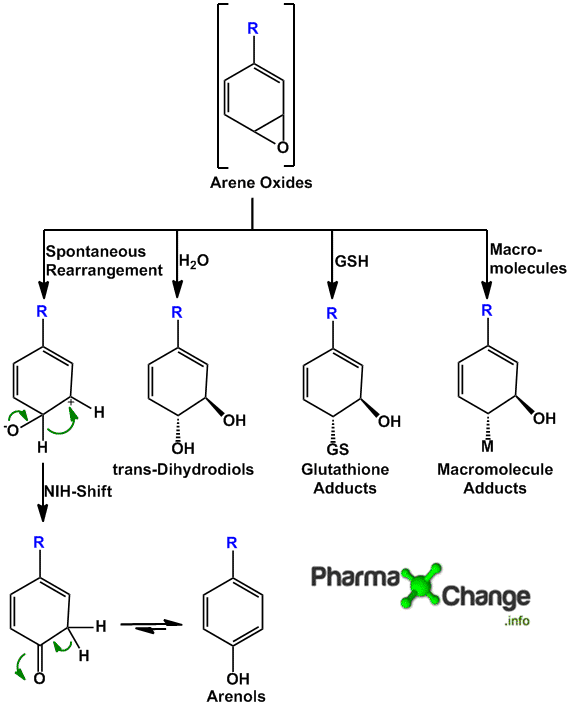
Mechanism of the NIH shift or 1,2-hydride shift
The 1,2-hydride shift is also called the NIH shift because it was discovered in the National Institutes of Health (NIH) laboratory in Bethesda, Maryland, USA. To explain the mechanism of the NIH shift, the classic example of 4-Deuterioanisole can be taken as in the figure below, in which the deuterium atom moves from the 4-position to the 3-position.
- The first step involves the epoxidation of the aromatic ring to form the arene oxide by the cytochrome P450 enzymes.
- The arene oxide can form a zwitterionic species
- A 1,2-hydride (or in this case deuteride) shift or NIH shift occurs in which a hydride (or in this case deuteride) attacks the positively (+) charged 3-position carbon atom resulting in the formation of a dienone intermediate.
- The dienone quickly tautomerizes to form the 3-deuterio-4-hydroxyanisole metabolite in order to restore aromaticity and completes the 1,2-hydride or NIH shift.
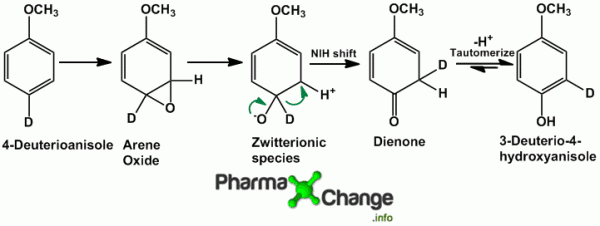
What controls position for aromatic oxidation and some examples of aromatic oxidation?
Rule of Thumb- In general, the position which is electron rich and has the least steric hindrance gets oxidized on the aromatic ring to form the metabolite. Hence it is important to brush up upon basic organic chemistry and effects of aromatic substituents before tackling metabolism problems.
- For mono-substituted benzene rings, oxidation occurs majorly at the para position with minor oxidation at the ortho position. These hydroxylated metabolites then further undergo glucuronide or sulfate conjugation becoming hydrophilic and thus easily excreted out of the body. Examples of drugs undergoing this metabolic oxidation are Phenytoin (anticonvulsant), Warfarin (anticoagulant), Propranolol (antihypertensive), Atorvastatin (lowers cholesterol), Phenobarbital (sedative hypnotic) etc.
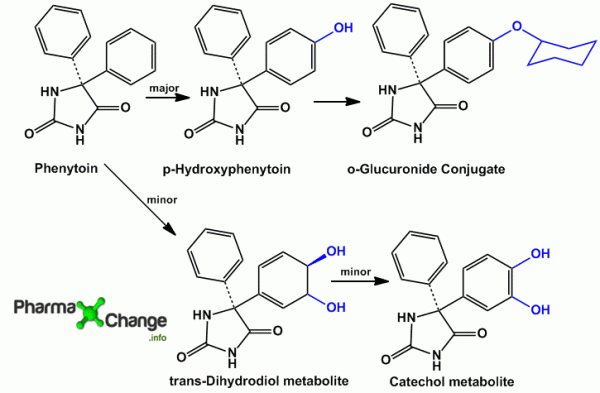
Metabolism of Phenytoin - The presence of substituents on the aromatic ring also influence the process of hydroxylation. Electron withdrawing groups such as Cl, COOH, SO2NHR, -N+R3 slow down the process whereas electron donating groups accelerate the process of oxidation. Examples of aromatic compounds with electron withdrawing groups are Clonidine-antihypertensive agent (-Cl groups) and Probenecid-uricosuric agent (-SO2NHR and -COOH). Probenecid has been reported to not undergo hydroxylation at all.
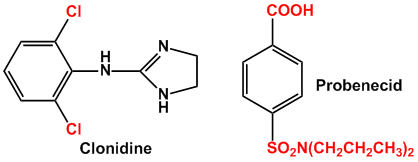
Clonidine and Probenecid - If there are two or more phenyl rings, hydroxylation proceeds in the electron rich ring. For example, Diazepam (anti-anxiety) has two phenyl rings in its structure, but hydroxylation occurs primarily in the electron rich ring as the other ring has an electron withdrawing group (-Cl) attached. Other examples of such oxidation are Chlorpromazine (antipsychotic agent), p-Chlorobiphenyl etc.
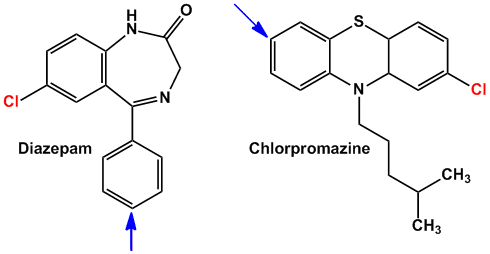
Diazepam and Chlorpromazine - There are certain compounds which are resistant to aromatic hydroxylation despite of the aromatic rings. This is because of the presence of multi electronegative chlorine atoms attached to the rings. Thus these compounds escape metabolism and are present in the body for a longer time due to their lipophilic property. Examples are Polychlorinated biphenyls (PCBs) and 2,3,7,8-tetrachlorodibenzo-p-dioxin (TCDD). These compounds are present as pollutants and are toxic thus increasing the risks of health hazards.
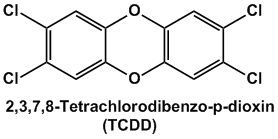
2,3,7,8-Tetrachlorodibenzo-p-dioxin (TCDD)
Importance for understanding aromatic oxidation in xenobiotic metabolism
Certain xenobiotics on metabolism in the body turn to active metabolites (bioactivation) which can be toxic to the body. They can be carcinogenic or cause hepatic necrosis or can induce mutagenesis. The toxicity of these bioactive metabolites can be explained by the fact that the proteins and nucleic acids in the body are nucleophilic in nature and can react with the arene oxides forming covalent bonds. A couple of the examples is of the polychlorinated biphenyls (PCBs) and 2,3,7,8-tetrachlorodibenzo-p-dioxin (TCDD) mentioned above. These molecules are environmental pollutants. PCBs were widely used as a dielectric and in coolant fluids in transformers, capacitors and motors. TCDD was a contaminant in a herbicide called “Agent Orange” which was later used as a chemical warfare agent.
Another important example for xenobiotic metabolism is that of polycyclic aromatic hydrocarbons. These polycyclic aromatic hydrocarbons such as Benzo[a]pyrene are formed in auto emission, refuse burning, and even in cigarette smoke and are ubiquitous to the environment. The possibility of aromatic oxidation in such structures is present at a number of positions. While not all metabolites are toxic, certain oxidation products lead to highly reactive carcinogenic molecules.
![Metabolism of Benzo[a]pyrene Metabolism of Benzo[a]pyrene](https://pharmaxchange.info/wp-content/uploads/2014/02/Benzopyrene-metabolism.gif)
Importance of Glutathione Conjugation (GSH-conjugation) – The body’s defense against arene oxides
Glutathione (GSH) is a tripeptide molecule which is present throughout the body and has a reactive sulfhydryl group as a part of a cysteine amino acid. Glutathione is the body’s defense mechanism against reactive arene oxides. Reactive arene oxides can conjugate with the sulfhydryl group of the glutathione in the presence of enzyme GSH S-transferase to form the glutathione adduct, which can then be processed to form a premercapturic acid and mercapturic acid derivatives for excretion. This prevents the reactive arene oxides from reacting with the body’s macromolecular proteins, DNA and RNA and thus acts as a anti-carcinogenic molecule. However, GSH levels in the body are limited and can be depleted. Once depleted, these arene oxides can cause permanent damage to tissues and generally attack the liver first resulting in necrosis.
Note- Please check our parent article on metabolism of pharmaceutical drugs and xenobiotics for other metabolic pathways.
References:
1. Foye’s Principles of Medicinal Chemistry (Buy at Amazon.com)
2. Wilson & Grisevold’s Textbook of Organic Medicinal Chemistry. (Buy at Amazon.com)
3. Guroff G, Daly JW, Jerina DM, Renson J, Witkop B, Udenfriend S. Hydroxylation-induced migration: the NIH shift. Recent experiments reveal an unexpected and general result of enzymatic hydroxylation of aromatic compounds. Science. 1967;157(3796):1524-30.


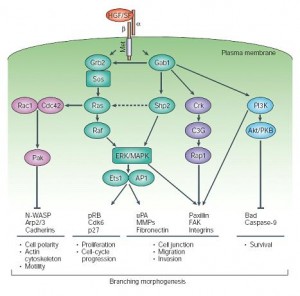
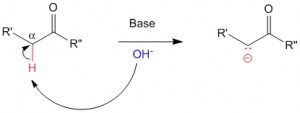
Very useful … thank you
Very interesting article. I found a lot of good information about medicinal chemistry and understood better the importance of aromatic oxidation in xenobiotic metabolism.
Finally I found the information I needed. Thank you for publishing it.